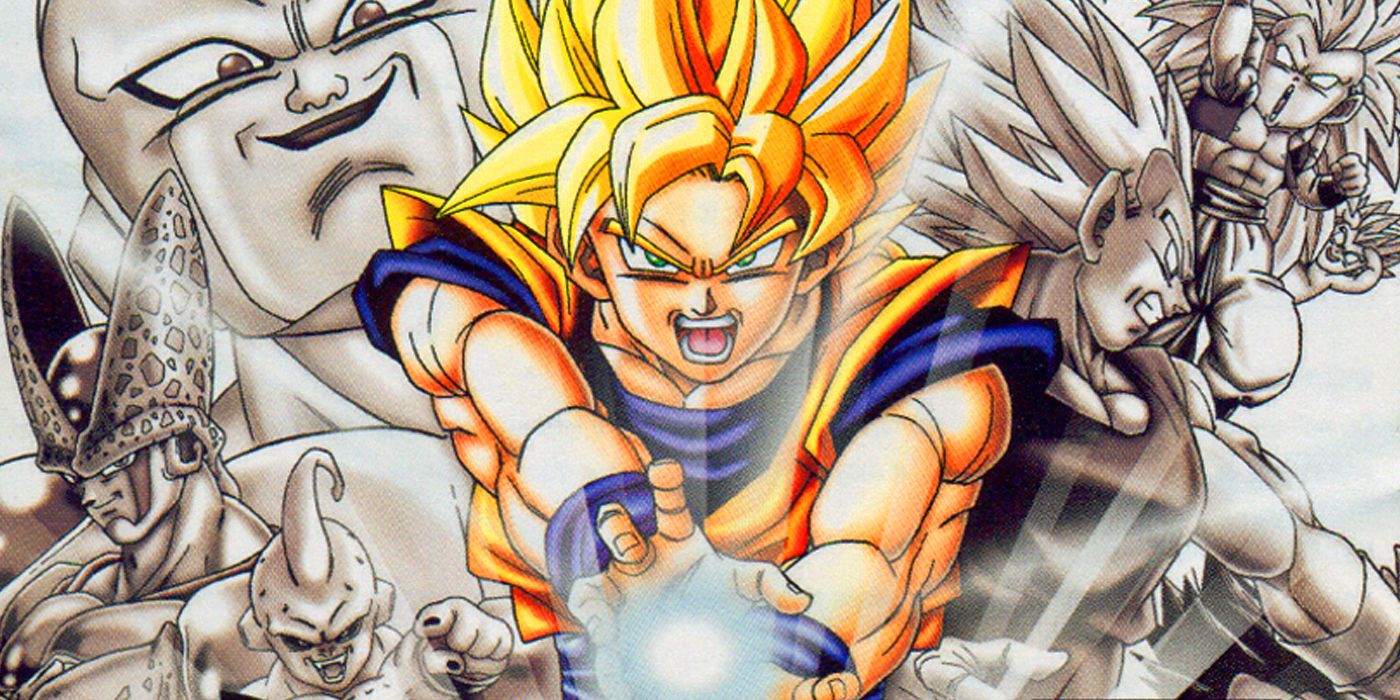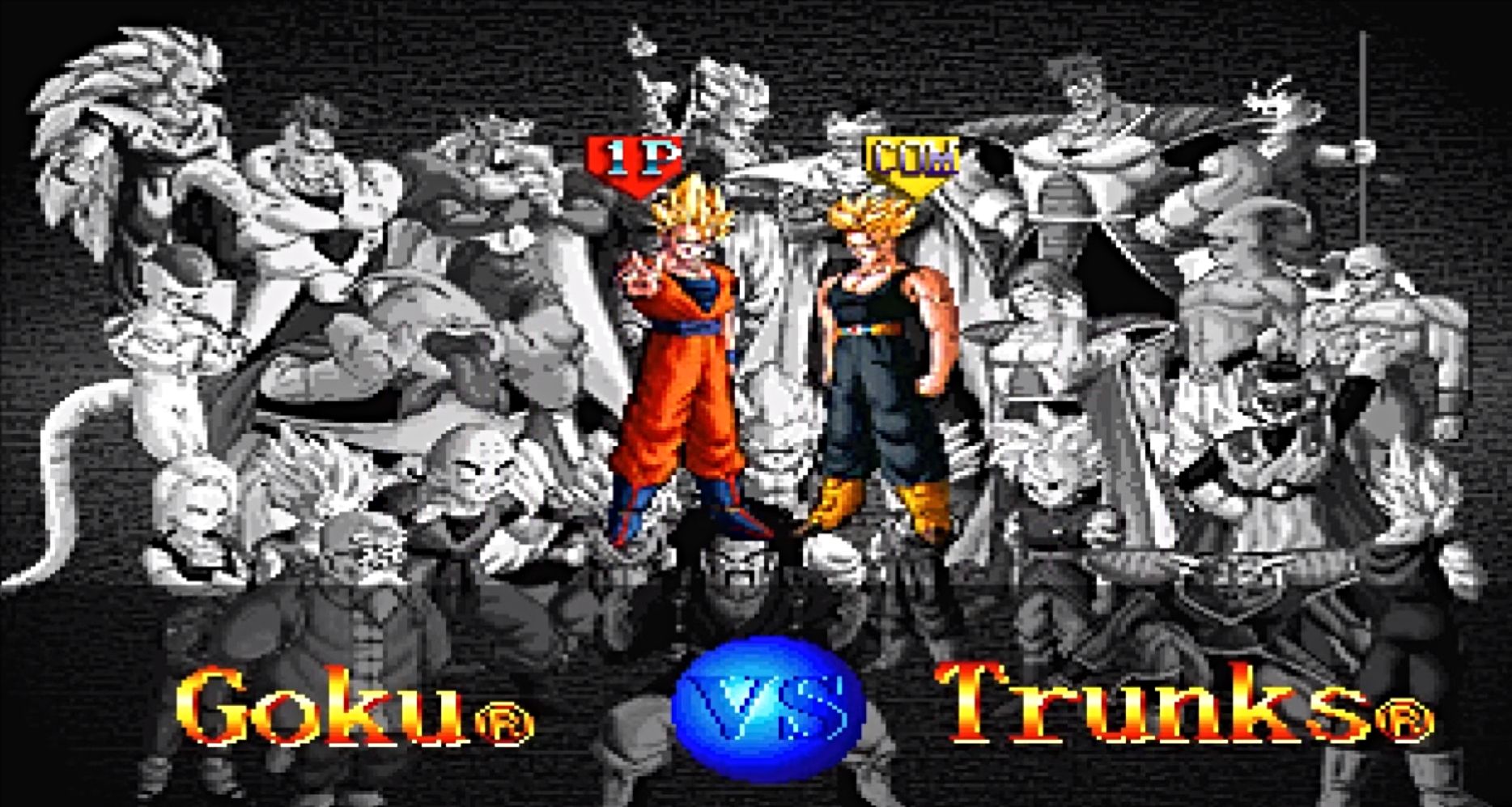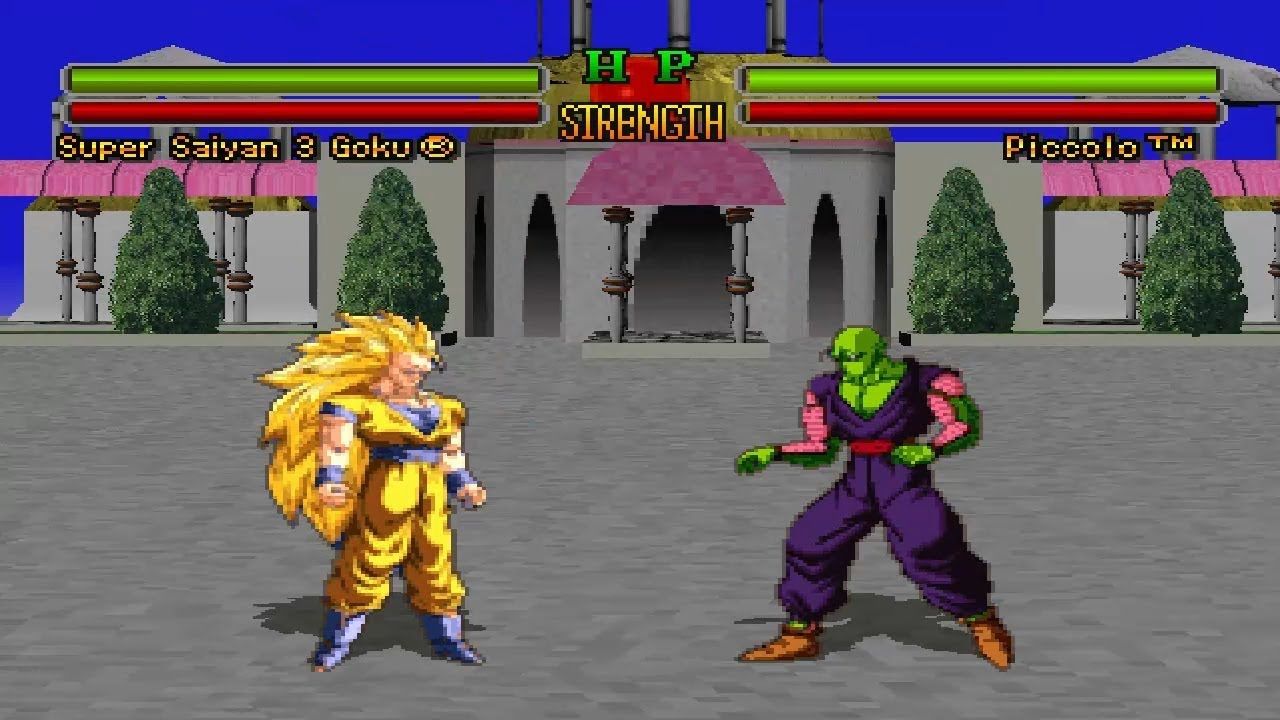Two years after Dragon Ball FighterZ released to a warm reception from both critics and fans, Dragon Ball Z: Karakot hopes earn a similar reaction. So far, the game's graphics and gameplay look great, and the story appears to be a faithful adaptation of the source material. However, while Karakot looks promising, Dragon Ball Z based games have not always been well received.
The franchise's first video game on the PlayStation came in the form of Dragon Ball Z Ultimate Battle 22. The fighting game, which was developed by Tose and originally published by Bandai in Japan, was hardly met with a warm reception upon its North American release.
THE ULTIMATE DRAGON BALL Z BATTLE
When the game first released in Japan in 1995, Dragon Ball Z had not yet taken off in North America. By the time the franchise did become popular in the United States, Infogrames had obtained the license and, hoping to profit off of the anime's success, released Dragon Ball Z Ultimate Battle 22 in 2003. After eight years, American fans could finally play the game on the original PlayStation, even though the PlayStation 2 had already been around for a few years.
Ultimate Battle 22 is named for its starting roster of 22 characters. These include Goku (in his Super Saiyan form), Teen Gohan (as a Super Saiyan 2), Vegeta, Zarbon, Android 18, Goten, and Trunks. Five more characters could be unlocked through gameplay or by using a cheat code found in the manual. These are Kid Goku, Master Roshi, Mr. Satan, Goku (as a Super Saiyan 3), and Gogeta. Upon unlocking the secret characters, the "22" in the title screen changes to a "27."
Along with the standard one and two-player modes, Ultimate Battle 22 features a Tournament mode and Build Up Mode, a feature which allows players to level up a character and increase their stats. In Build Up Mode, players face each of the other characters on the roster, all of whom have been assigned a level. Defeating all of them unlocks a new character who must also be fought. Each of these rounds is called a "Block," and there is one Block for each of the five secret characters.
What Went Wrong
Upon its North American release, Ultimate Battle 22 was, to put it mildly, not received well by critics. Even when taking into account the eight-year gap between its Japanese and American releases, reviewers took issue with its slow gameplay and basic controls, its lack of a story, and poor graphics. Several reviews urge fans to avoid the game altogether. GameSpot's review says that fans "should not buy, play, or even talk about this game" and argues that writing any more would give unearned validation to the game. The reviewer also points out that the 2D sprites were taken from an even older Dragon Ball Z game for the SNES.
GameZone went a step further in criticizing the graphics with their reviewer saying, "I have seen NES games that look better than this game." When compared to other fighting games like Tekken III that players could find on the PS2 in 2003, a newly released PS1 game from the mid-90s with graphics comparable to those from the 80s, could not compete with its contemporaries.
Fan reception has been more mixed over the years. For some who grew up with the game, Ultimate Battle 22 holds a fond place in their memories. While it may not recreate the epic fights the Dragon Ball Z franchise is known for, it was a way for them to play as some of the franchise's iconic characters, and a starting roster of 22 was huge at the time. In comparison, Super Smash Bros. Melee released in 2001 with only 14 characters to start and 25 in total. Still, other fans who really wanted to enjoy the game at the time were unable to look past its flaws. Fortunately for them, recent Dragon Ball Z games have fared better and, hopefully, Karakot will continue that trend.
Developed and published by Bandai Namco, Dragon Ball Z: Kakarot arrives Jan. 17 for PlayStation 4, Xbox One and PC.



